
In the few short months I have spent at the University of Massachusetts, there has not been a day that has passed where I have not heard the words “sexual assault” and “rape.” When I see four women, whether it be in line at the dining commons or at the gym waiting for a set of weights, I know that, statistically, one of those four women will be sexually assaulted or raped. When taking a deeper look into the reported counts of rape at UMass, I was saddened to learn that it has increased from 11 counts in 2014 to 20 counts in 2016. I seriously urge the campus to push heavier directives and initiate stronger policy to help with safety, prevention and resources for victims. It’s important for students to remain active in encouraging their university to work toward funding programs that are actively helping in creating a safer campus. No student should have to face the burden of coping with the aftermath of sexual assault alone, nor should they fear for their immediate safety on a daily basis.
But although universities have taken steps toward making college campuses a safer space amidst the issues of sexual assault rape, the issue itself is still incredibly present and often trivialized.
One issue that has garnered more attention this past year is “stealthing,” a new term that is defined as removing a condom during intercourse without the partner’s knowledge or consent. Stealthing began to gain attention following an article in the Columbia Journal of Gender and Law, written by Yale Law School graduate Alexandra Brodsky. Brodsky’s article involved extensive and in-depth interviews with five women who had nonconsensual stealthing experiences. The survivors’ experiences detailed the traumatizing effects and affliction that stealthing wreaked on their lives. The national attention and coverage that came along with Brodsky’s report brought light to the severity of stealthing due to the clear violation of the consent to penetration which could result in sexually transmitted infections and unwanted pregnancies.
The issue regarding stealthing isn’t that it’s new or unheard of, but it’s not openly spoken about, nor is it explicitly recognized under the law. It’s hard to classify the action because it does not neatly fit into the classifications of rape and sexual assault, making the disgraceful practice divisive and challenging when it comes to the law. Democratic Representatives Carolyn Maloney (New York) and Ro Khanna (California) have asked the House judiciary committee to address the issue. Their end goal would be to classify stealthing as rape and dedicate more time and effort to learning about the repercussions and devastating psychological effects on victims. Khanna states, “Consent is not up for discussion, it is a requirement for the entirety of any sexual interaction. Stealthing violates an agreement between partners and is a dangerous form of sexual assault…The implications of the practice of nonconsensual condom removal are far-reaching with respect to the ongoing national conversation on the definition of consensual sex.”
Nonconsensual condom removal needs to be explicitly classified as rape so that victims can seek adequate justice against their offenders. I understand that stealthing can be unclear to argue and/or prove in court. However, it’s not the victim’s responsibility to prove anything, as the act of coming forward to the legal system and putting trust into it is its own act of courage. The court must receive the victim with dignity and exercise the law as they are supposed to.
As a young female college student, I think it’s imperative that we all remain active in helping support legislation that will make consent clear and stop blurring the lines. There is no grey area when it comes down to sexual assault; it’s simply black and white.
Morgan Reppert is a Collegian columnist and can be reached at [email protected].


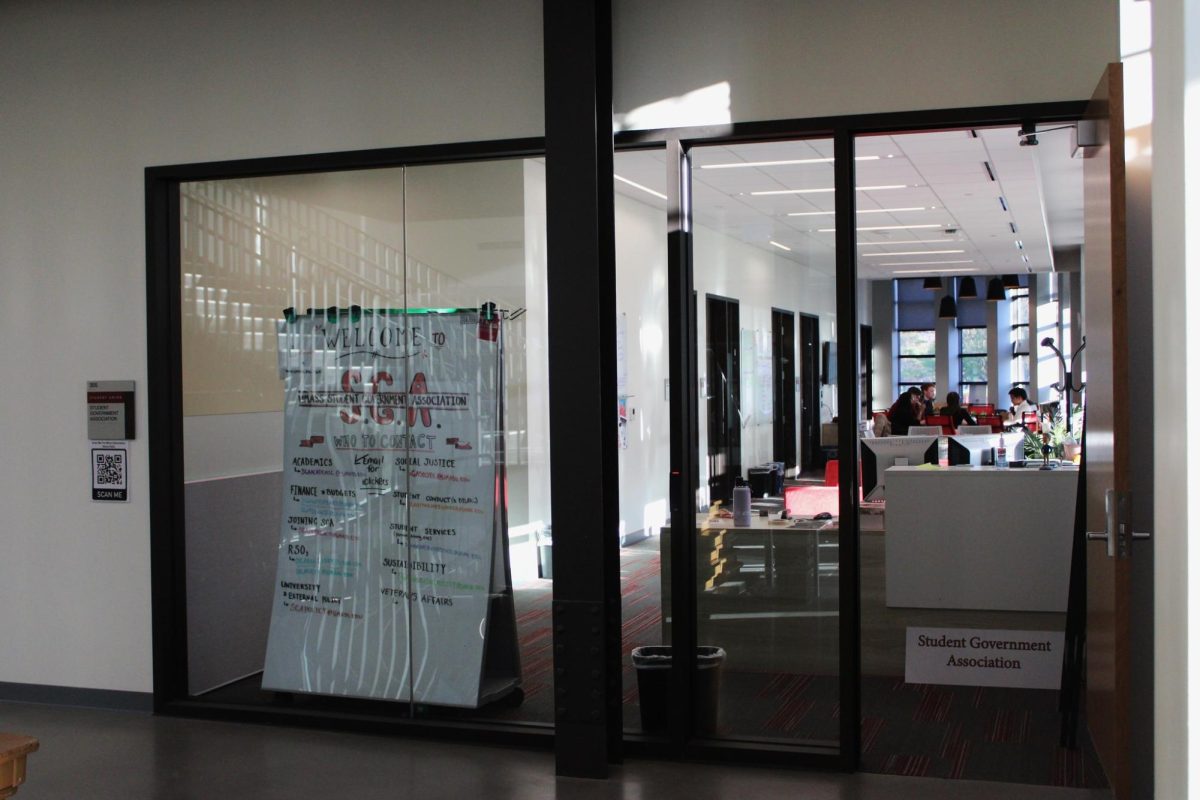



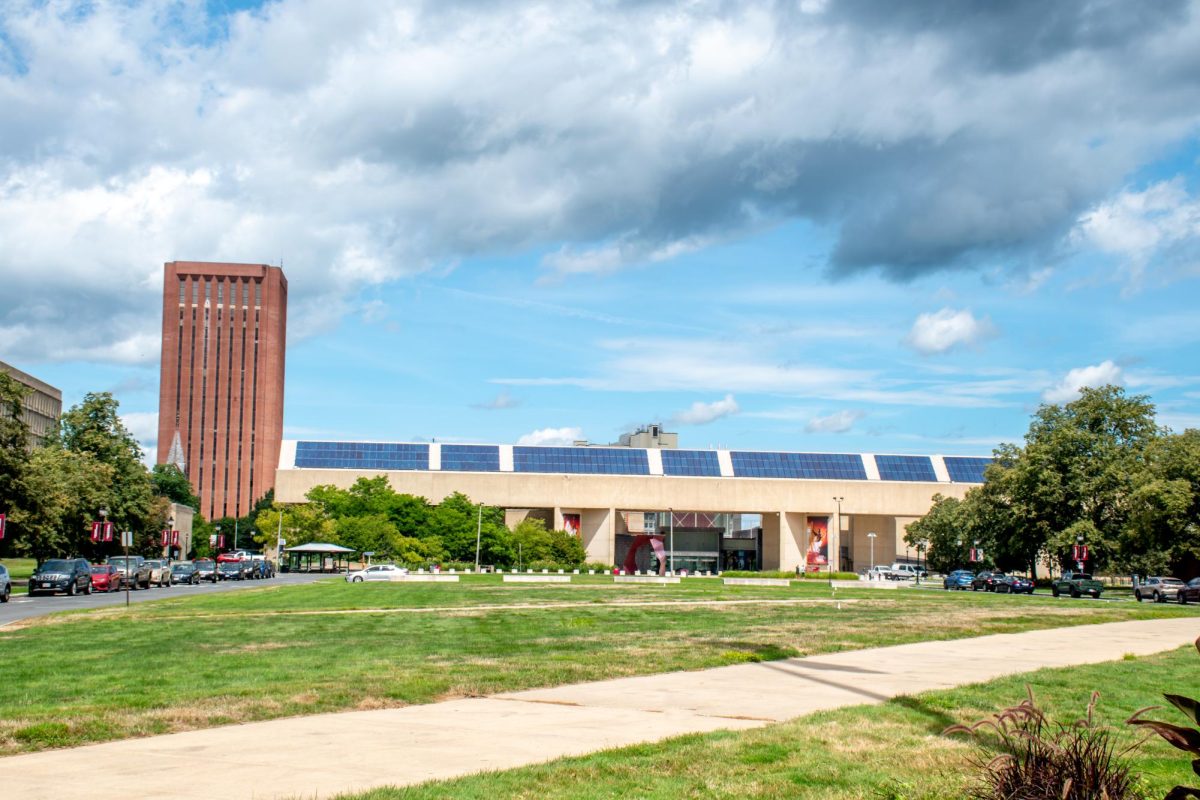


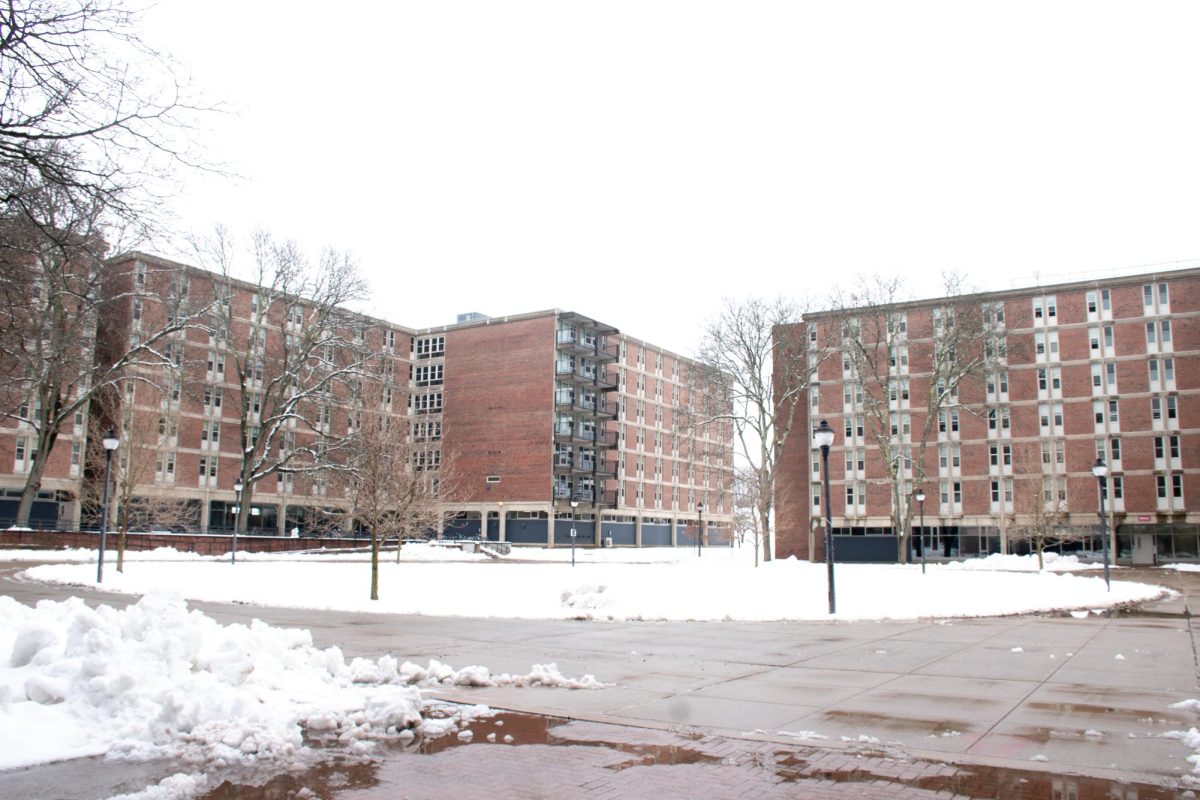

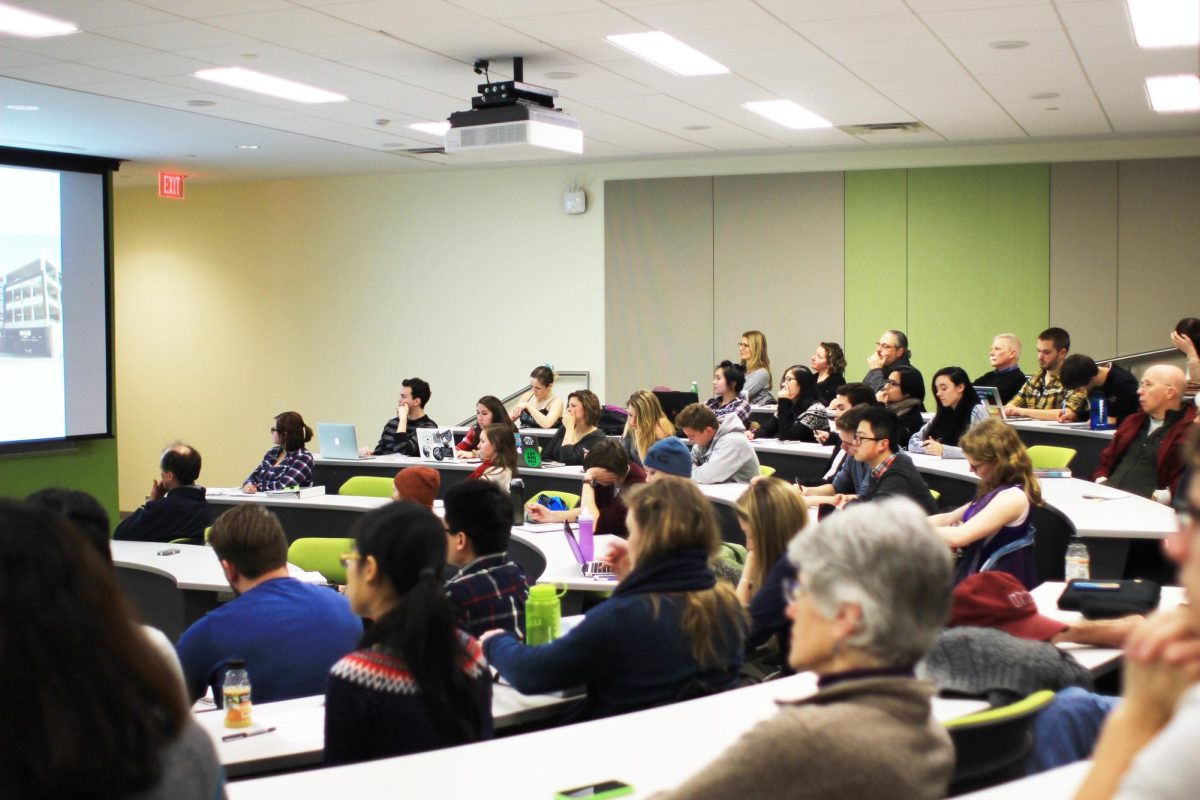




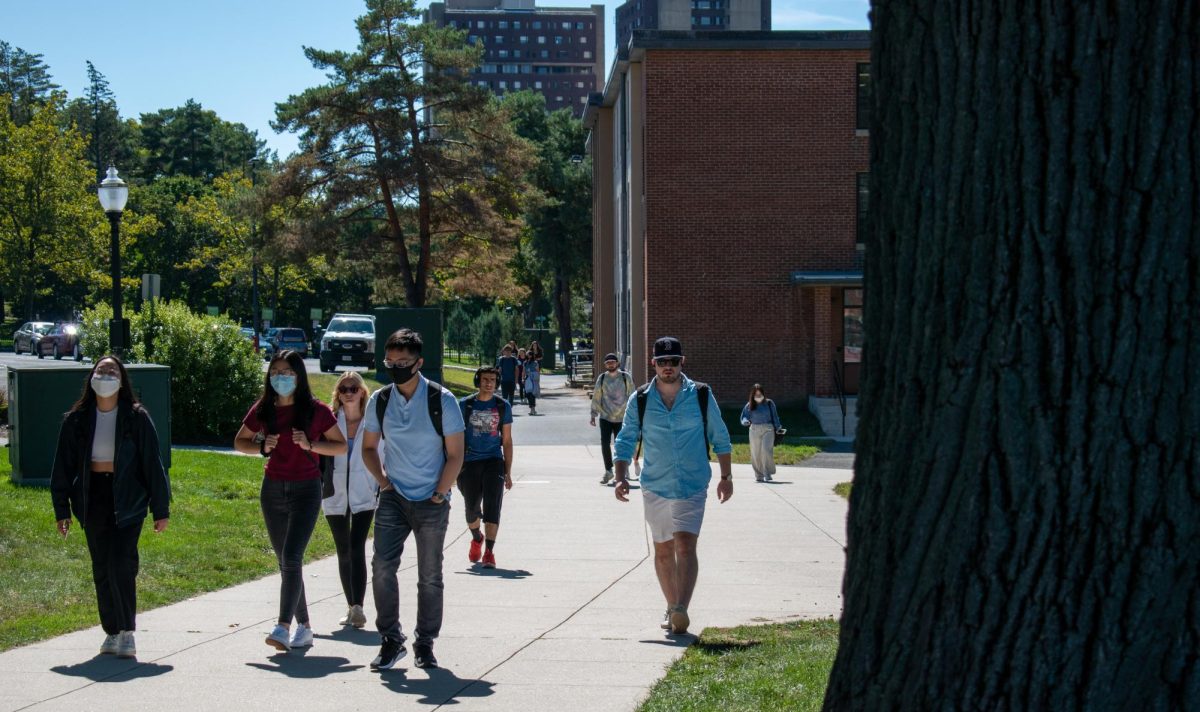

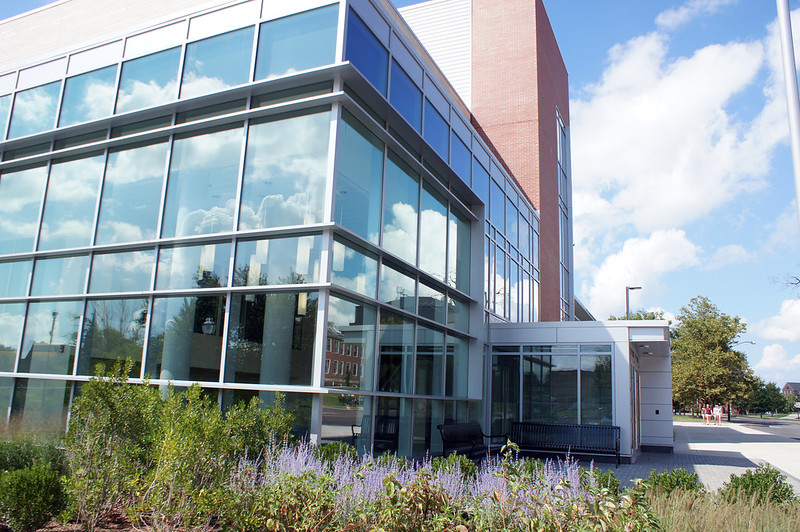

Jeffrey Deutsch • Nov 10, 2017 at 9:53 am
If stealthing is rape — because the victim only consented to sex with a condom on and that was violated — then I presume lying (by either person) about birth control and STD status is rape as well, yes?
“However, it’s not the victim’s responsibility to prove anything….”
Sorry, that’s not how it works. Innocent until proven guilty.
Ed Cutting, Ed.D. • Nov 9, 2017 at 1:56 pm
One other thing: Do the men doing this understand the consequences of an unintended pregnancy if the woman keeps the child? She OWNS him for the next 18-22 years.
.
You think student loans are bad — child support is worse. There were guys being arrested coming back from Guard duty in Iraq. Their military pay was a lot less than their civilian jobs and even though they sent their entire paychecks — all the money they had — they went to jail for not paying more.
It’s different if the guy has no money and never will — and there are a lot of struggling single mothers. But if he’s in college in hopes of a job, car, & life, what pathological reason does he have for doing this???
NITZAKHON • Nov 9, 2017 at 8:54 am
I would agree; it is a despicable action and worthy of prosecution. I would warn, however, that condoms can slip off, particularly if the “engagement” is energetic… be reasonably sure the event is tied to intent, not accident.
First, the obvious risks of pregnancy and STDs. The more I read about infections like chlamydia, for example, and how even one case of it can significantly reduce your later ability to have children, the more frightened I get for my daughter (and it also affects men too).
Second, if a guy does that to you, chances are good he’s done it to others, therefore increasing the risk of STDs.
On the flip side of this, however, is the need to know the person with whom you’re having sex. A person whom you have dated, and gotten to know in multiple different contexts, and whose personality and ethics you know, is far less likely to do this to you than some guy you met at a party in “hook up” mode. (A survey I read about a year or three ago asked people if they would trust their sex partner, e.g., a friend with benefits, with taking care of their pet. The results were shocking: more women were comfortable trusting a man’s penis inside her than with their animal friend… and by a wide margin. Something backwards about that.)
Maybe we older farts who rail against the “hook up” culture, are for abstinence and more traditional dating practices, etc., might have a point? Heaven forbid that restraint against animalistic drive, a practice developed over millennia and representing the distilled wisdom of countless generations, might prove to be a good practice.
Ed Cutting, EdD • Nov 9, 2017 at 5:45 am
The one in four star is from flawed research — they didn’t get a valid response rate.